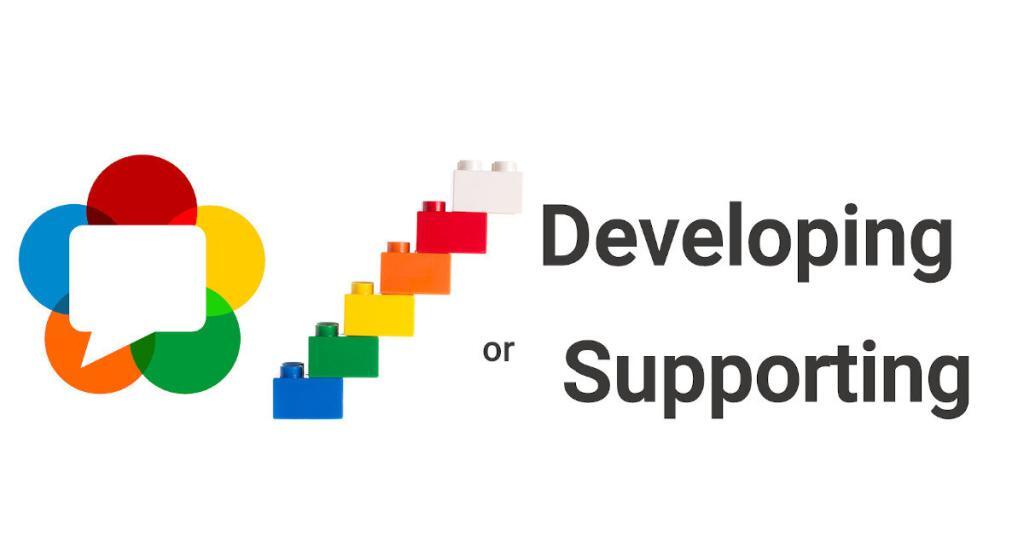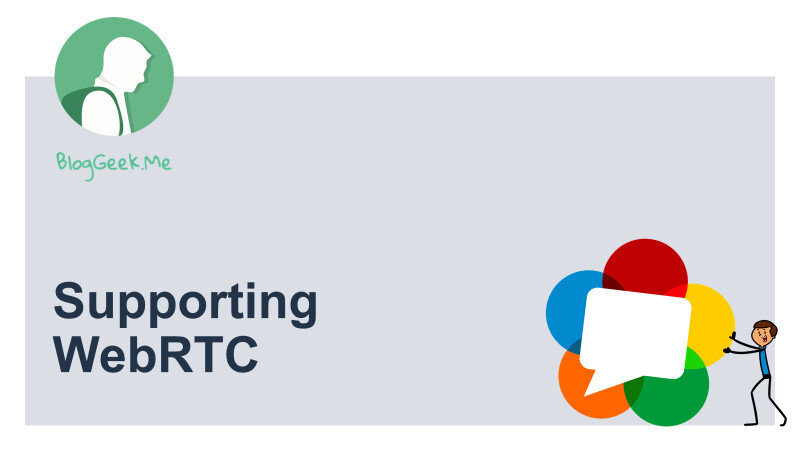I am in the process of launching a WebRTC support course, alongside my WebRTC training for developers. This is by part taking place because of the work we’ve been doing at testRTC lately.

Supporting a technology is different than developing it. This is something I learned only recently. It is something I should have known some 20 years ago already. You learn something new every day.
I was always on the software development track. Be it as a developer, project lead, product manager or CTO. It was all about defining, designing, implementing and maintaining communication software. On good days, I interacted with product managers and developers. On bad days, I had to deal with support people (not because they are bad people, but because it meant we had product issues and bugs to deal with). On really bad days, I had to talk to a client who was on an escalation path.
A lot of that work with clients and support teams is frustrating as hell for developers. Oftentimes, there are two disconnected conversations going on, where both sides try to talk to each other but somehow there’s a mismatch in the languages.
This was never a fun experience for me.
Learning the trade of technical support
Earlier this year, at testRTC, where I am a co-founder and the CEO, we’ve partnered with Talkdesk, developing a new product to suit their needs. For the first time, my customers weren’t other developers, devops or entrepreneurs but rather support teams. What we essentially built was a network testing tool for WebRTC, which enabled Talkdesk’s support team to more easily collect and analyze network statistics from their clients. The end result for Talkdesk? This greatly reduced their turnaround time on incidents. This product is now being trialed by a few other customers, which is great.

I learned a lot from this experience – working with support teams, understanding their challenges and getting feedback from them on our initial alpha release and from there to the product launch itself.
At roughly the same timeframe, I found myself consulting more to support teams through BlogGeek.me, which was a different experience. The main bulk of my consulting is either around architecture and troubleshooting development issues in communication technologies or they are revolving around roadmapping and strategizing communication products. The people you deal with are different in each case, and trying to assist support people instead of making them go away as a developer in my distant past is an interesting experience (something that I should have experienced years back, when I was still young and beautiful).
Where is all that leading to?
New upcoming Supporting WebRTC course
My next pet project at BlogGeek.me is a new course. This one geared towards support people.

It isn’t a subset of the developers WebRTC courses that are already available, but rather a brand new course, created and recorded from scratch.
Why?
Because support teams need something different.
They don’t really need to know the internals of SRTP, or a detailed explanation of the patent situation of video codecs, or a lot of other technicalities. What they need is a basic understanding of WebRTC and then a lot of information around how things fail (as opposed to how they work).
If you want a peak at the agenda for this course, then it is available here.
I am in the process of creating the materials for the course and will switch gears towards recording and putting this live in two or three weeks.
There are 3 options here:
- If you want to put your weight on it, affecting what content is on the course, and learning while I record these lessons, then you can join the pre-launch now at half the launch price. I am expecting your feedback in such a case, and will be giving priority to creating lessons you want. All you need to do is contact me
- You can wait until this is all available, probably end of December or so. And then enroll in the course and take it in a linear fashion
- You can skip and move on
My WebRTC courses for developers
Today, I have 3 WebRTC courses for developers:
- WebRTC basics – a free course open to anyone
- Advanced WebRTC – the main course, which already saw 500+ students enrolled to it
- WebRTC Tooling – a growing set of snippets and interviews to be used when needed for reference
If you want to learn more about them, you can check the course syllabus (PDF).
Are you an employee and not a decision maker?
I think this doesn’t happen enough:

The part not happening enough is employees asking to take classes. Asking to get trained in technologies they need to get their job done. Why do I think that? Because I used to be like that as a developer myself. I was passive, waiting for things to happen to me, rarely going and asking for the tools to assist me in my work.
More often than not, I see managers interested in enrolling their employees you my courses. From time to time, there will be a developer who thinks this is important enough to go and ask for permission to take the course – or even more – go suggest the company to send the whole team to enroll in the course.
Think you need this course but don’t think management will approve? Try asking them. You might be surprised by the reply you get.
- Check my WebRTC developer training
- Check my upcoming WebRTC support training

I’ve seen a great support person pointing out issues that turned out to be either SDK issues or core WebRTC/chrome issues countless times.
Giving them enough knowledge about WebRTC that they know what to ask for is a crucial idea.
Philipp,
I think this dawned on me the third time in a month that I had to create a short video of how to collect a webrtc-internals dump.
There are a lot of minor issues that developers don’t even think about that support need and there are a lot of details that developers need that support should better not dabble into (will just confuse them).